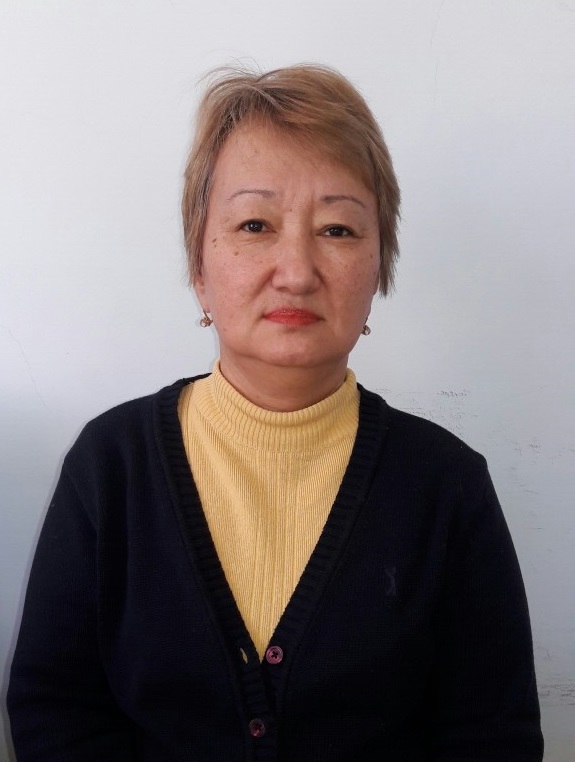

Order a call
 06.03.2018
06.03.2018
Congo-Crimean hemorrhagic fever is an acute viral infection characterized by fever, general intoxication and high mortality.
CKD virus The South Kazakhstan region is considered an endemic area for the incidence of CKD. The source of the disease is sick people and animals infected with the virus. In the dangerous group of infection: people engaged in activities related to the care of animals, as well as the slaughter or slaughter of animals in endemic areas (shepherds, cattle breeders, security guards, veterinarians), medical workers who do not follow safety rules when handling blood and other biological fluids of the body .
The main carriers are ixodid ticks. In the natural environment, this virus is present in the bodies of ticks and various wild animals (rabbits, small rodents, hedgehogs) and domestic animals (goats, sheep, cows, horses, etc.). Epidemic cases among the population are recorded mainly in the spring and summer (April-August). The difference between ticks is their sensitivity. They sense animals from a distance, find them, attach themselves to them and suck their blood. It lives for a couple of years and lays 3-4 thousand eggs at once. Small ticks that grow from these eggs stick to the body of field mice, marmots, rabbits, birds and other insects and wild animals and live, sucking their blood, and large ones - to large animals, domestic animals and humans and feed on their blood. The tick virus leaves the human body with saliva at the site of blood sucking. There they enter small blood vessels, spread throughout the circulatory system, grow rapidly, germinate, multiply and release toxic substances. Under the influence of poison, the building cells of the small vessels of the body disintegrate and undergo changes, which is why blood flows out of the veins and blue spots appear under the skin. Sometimes a layer of skin is pierced everywhere and blood gushes out. Similar changes can be observed in internal organs. At the first stage of the disease, the temperature may rise to 39-40 degrees, severe headache, chills, sleep disturbances, loss of appetite, nausea and vomiting, the pulse slows down, and arterial blood decreases. pressure decreases. The initial stage of bleeding symptoms is characterized by the appearance of a rash on the patient’s body, the appearance of a hematoma at the site of various injections, and bleeding. The period of exacerbation of the disease lasts 4-7 days and this period is characterized by general intoxication of the body, bleeding from organs (bleeding from the nose, ears, stomach, uterus in women). One of the characteristic symptoms of the disease is Pasternatsky syndrome. His face is gray, his lips are bruised. A disorder of consciousness is also possible. The liver is enlarged. Oliguria is observed. Complications – sepsis, thrombophlebitis, pneumonia, acute renal failure, otitis media. To avoid such complications, the following rules must be followed:
To protect yourself from ticks, to protect yourself from ticks, you should minimize the parts of your body that are not covered by clothing when you are relaxing in nature, in the country, or when you are working on the plain. If possible, it is better to wear clothes of the same color, this makes it easier to see and identify the tick that has attached itself to you. In addition, given that there is a tick on the animal, it is necessary to strictly follow the safety precautions when caring for the animal. It is impossible to remove ticks from cattle with bare hands, so it is better to strictly follow disease prevention methods.
When working in the field, in the country, as well as when going into nature, you should wear special clothing, clothes with long sleeves and a collar with buttons, and trousers with socks inside. It is necessary to carry out special anti-tick treatment in places where many ticks live, to treat and feed livestock so that ticks do not stick to domestic animals. During the period of early tick activity, preventive measures against ticks begin first. period of March and ends no later than the beginning of April, second period
Identification of patients is carried out by medical workers of healthcare organizations, as well as medical workers engaged in private practice, regardless of their departmental affiliation and private form of ownership. All persons affected by a tick bite are subject to medical observation with temperature measurement and skin examination for 14 calendar days. Remember - never crush a tick with your hands! If you are bitten by a tick, consult a doctor immediately.
OKO OSO ŽHK RMK OKO
disinfection center
biologists Kemelbekova G.A.